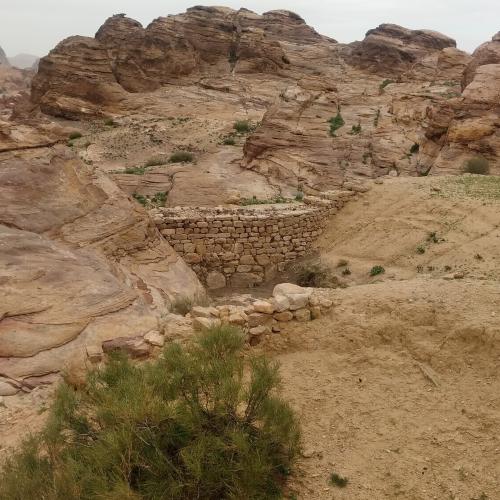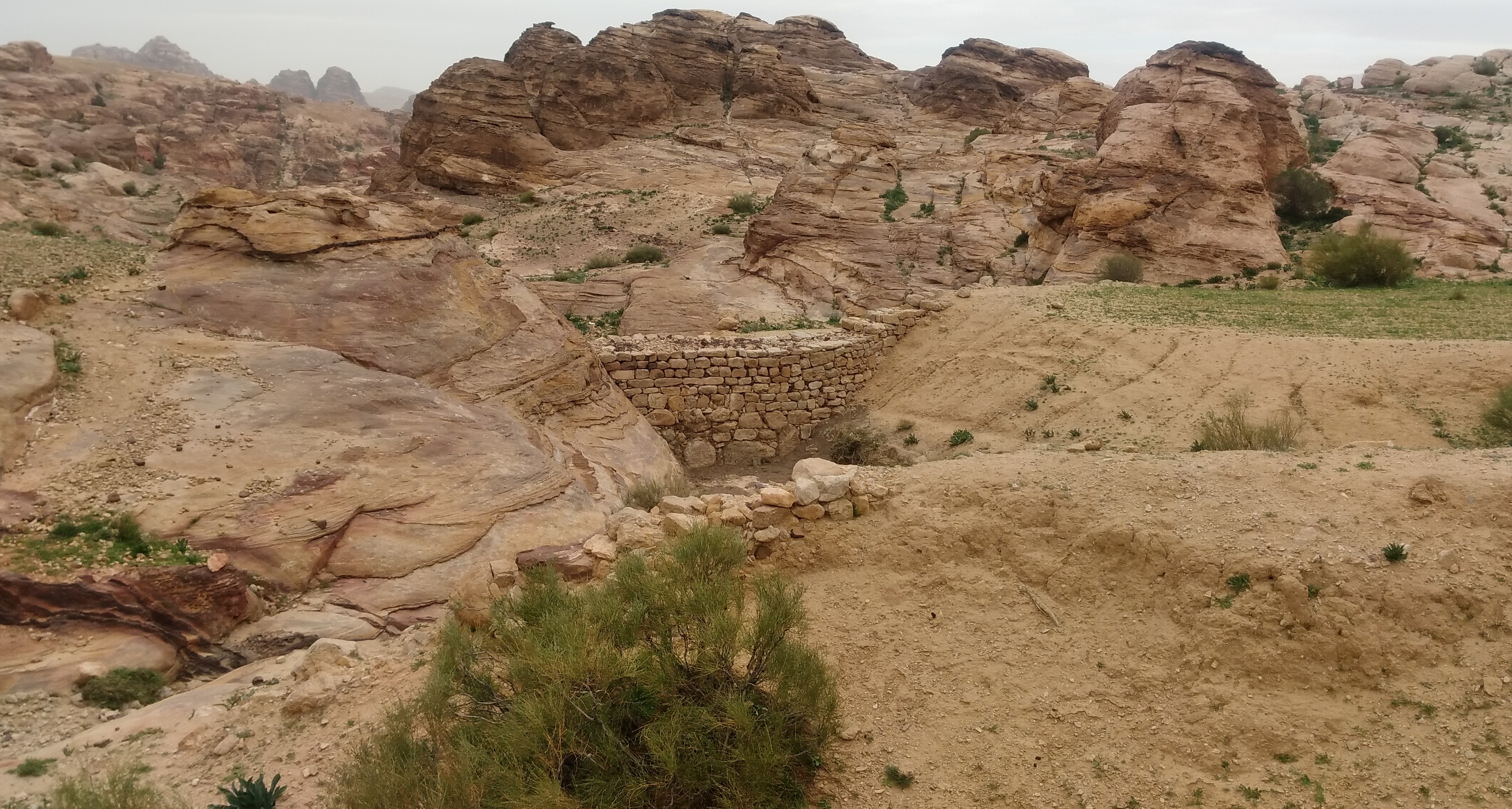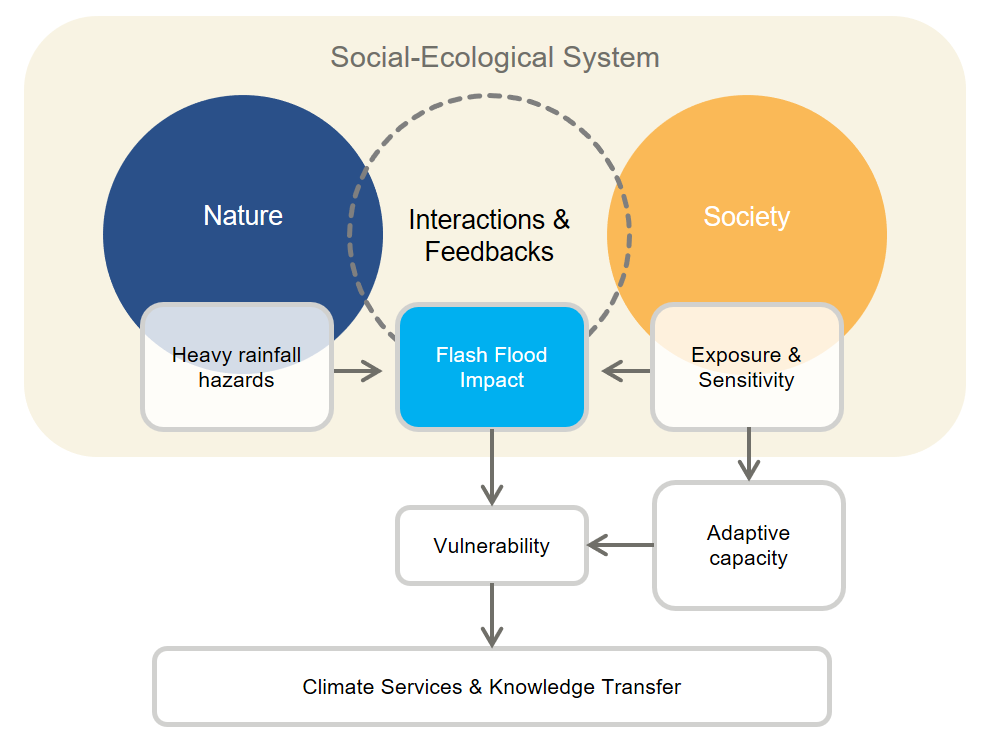Kick-off for the CapTain Rain project

Coordinator: ISOE – Institute for Social-Ecological Research
Contact: Dr. habil. Katja Brinkmann
Address: Hamburger Allee 45, 60435, Frankfurt am Main
Phone.: +49 (0) 69 707 6919-42
Mail: brinkmann(at)isoe.de
Project partners in Germany
Project partners in Jordan
The Middle East has been particularly affected by climate change and extreme climatic events, such as droughts and heavy rainfalls. In Jordan, heavy rainfalls have repeatedly led to flash floods that have caused tremendous damages in the past years. CapTain Rain focuses on researching how to minimise these damages as well as on how to maximise the use of heavy rainfalls by improving water retention in one of the world’s most arid countries.
Time and again, the entire Middle East experiences heavy rainfalls and dramatic flash floods. In the past 50 years, flash floods have repeatedly caused deaths and tremendous property damages in Jordan. To date, the country lacks fundamental hydrological and meteorological knowledge to be able to predict the occurrence and intensity of heavy rainfalls and flash floods in wadi systems. Early warning systems therefore only work to a limited degree; it is also difficult to develop measures to minimise risks. CapTain Rain therefore aims to revise and improve the methods and instruments for forecasting and preventing flash floods currently used in Jordan and to develop recommendations for a risk management and early warning system that is tailored to the needs of its users. The project further aims to develop corresponding climate services to help the population prepare for heavy rainfalls and provide information on how to behave in the event of a disaster.
Despite their destructive force, heavy rainfalls play a key role in the water cycle of (semi-) arid regions, as they replenish scarce water resources. In light of the increasing risk of droughts and water scarcity, it is therefore key that rain is collected and put to use. In this context, CapTain Rain researches measures to capture, retain and use heavy rainfalls and to improve the ways in which the local population prepares for these events. The examination will be conducted along an urban-rural gradient and comprises Amman and Petra. Besides traditional methods to retain, store and use rain water (Image 1), the project will take a closer look at the concept of multifunctional land use to prepare for heavy rainfalls in urban regions.

CapTain Rain pursues a concept for the vulnerability analysis of flash floods (Image 2) that includes an analysis of social-ecological causes of flash floods and identifies, maps and assesses the risk thereof (exposure and sensitivity). The project also aims to capture risks from the perspective of the local population and develop strategies to adapt to heavy rainfalls. Using model-based scenarios, the project team will develop and collaboratively assess measures to improve the local population’s adaptive capacity including technologies to capture and use the water from heavy rainfalls. In the course of this, the team will use a range of research methods, such as climate and hydrological models; remote sensing techniques; participative GIS methods; integrated risk assessments; stakeholder workshops; expert interviews; and scenario analyses.
Integrated approaches that consider local and scientifically-based knowledge are necessary to improve preparations for heavy rainfall. Integrating the different levels of understanding the actors bring to the table forms the foundation for the interdisciplinary research conducted at research institutes and universities, administrations and ministries as well as at SMEs in Germany and Jordan.

Although the improvement of flash flood forecasts and risk management is a high political priority in Jordan, it has not yet been sufficiently put into practice. CapTain Rain will contribute to transferring scientific results into practice, using climate services which are to be provided in a comprehensible and user-friendly manner. The CapTain Rain project team will develop climate services in close cooperation with Jordanian actors and practice partners, considering scientific and local, practice-oriented findings. Together, they will adapt climate services – such as flash flood risk maps, instruments to improve flash flood forecasts as well as recommendations for promising adaptation strategies and early warning systems – and make them available in a participative and target group-oriented manner to make decision-making processes around the preparation for heavy rainfalls and risk management easier.
